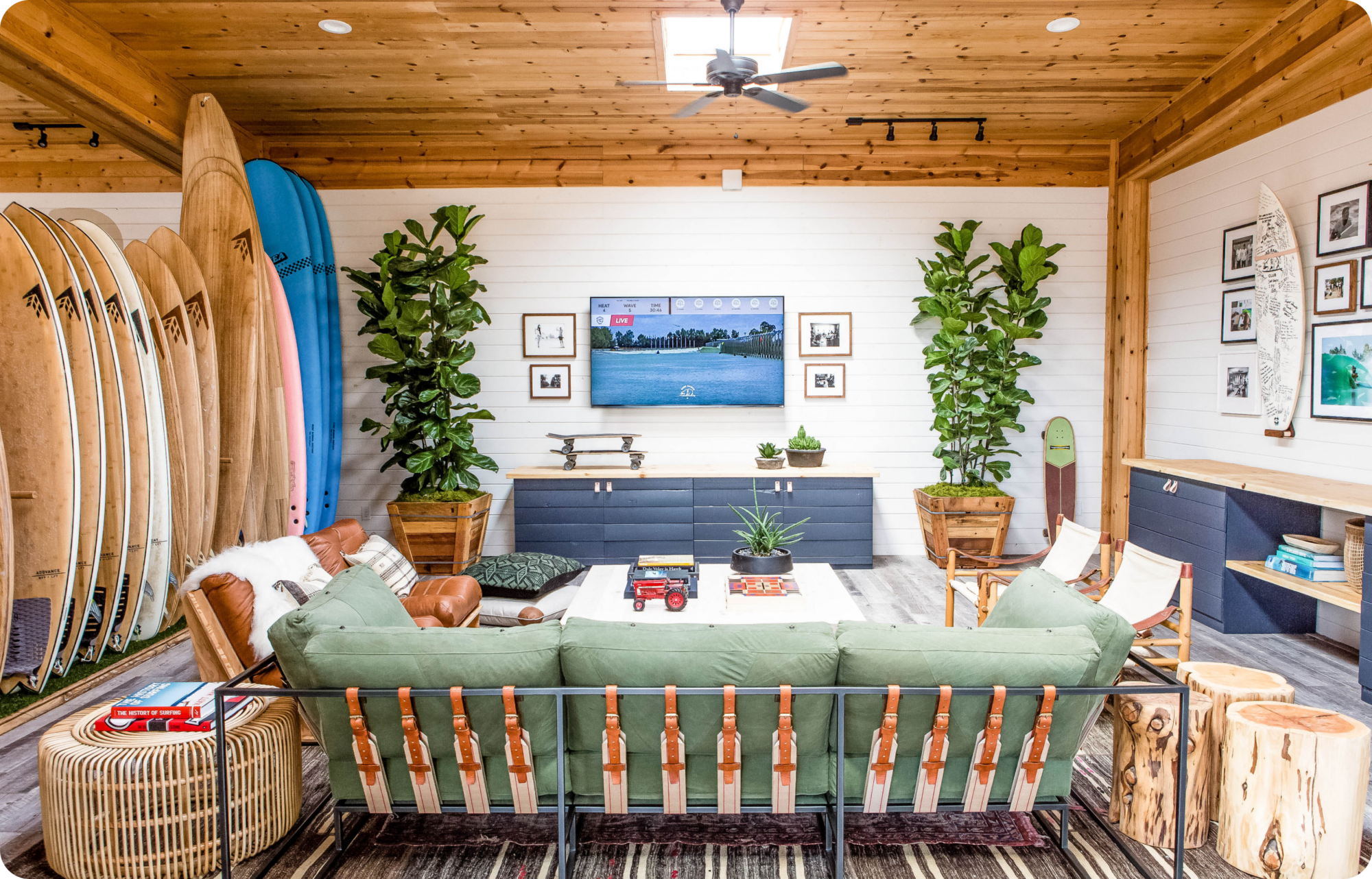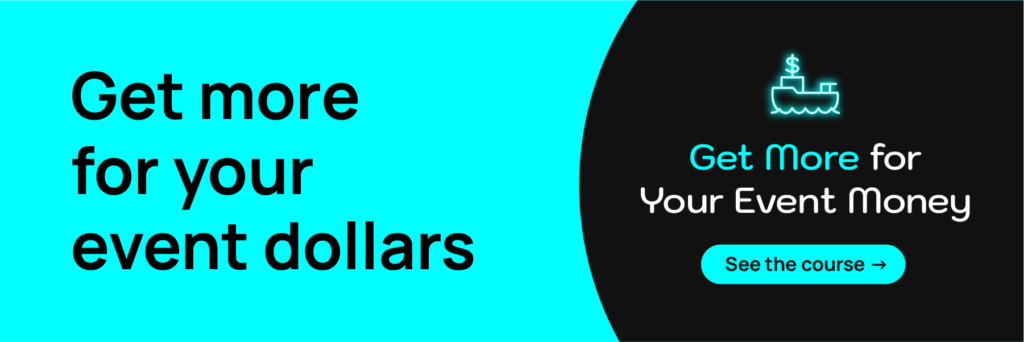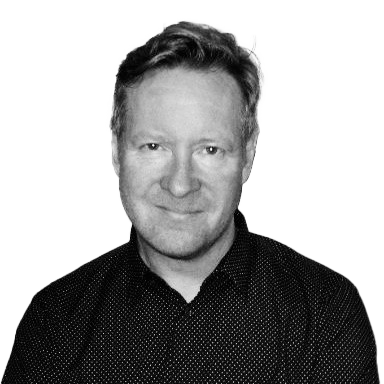Masterclass 4: Lesson 4 of 7
4. Harness the power of environment
Have you ever noticed what happens to the volume of people’s voices when they enter a place of worship?
Contrast that with how they behave upon entering a club awash in bass and lasers.
We are much more conditioned by our environments than we think, as proven over and over by the mentalist Darren Brown, who fills the entry halls to his shows with paintings and statues of animals. Most attendees don’t notice. Whenever he invites audience members onstage to pick an animal, they invariably pick a lion. They think it’s their choice. He then invites them to count the number of lion motifs on their way out—big cats are in every painting.
You too can harness the power of environment to subconsciously nudge everyone into engaging too. You can plant people in an audience who leap up to clap (these were popular in 19th century theater and were known as claquers), you can raise people’s pulses with music and color, and you can encourage solemnity and reflection with flowing water and echoey spaces.
But whatever you do, don’t reveal it all at once.
Brought to you by our team of experts
Want to get this course in your inbox?
Reveal the environment in pieces
Whatever environment you create, you must reveal it in small pieces so as to not overwhelm. The excess stimulus can cause them to opt out—to “refuse the hero’s journey,” as it were, and fight accepting the new reality.
That’s why you start slow. I like to start my events with a question—offered in the welcome note or upon arrival, that invites them to participate in the story. For example, telling them there are interactive activations to look for, setting them on a scavenger hunt, or simply asking them to remove their shoes. (Try this in your office. It has a remarkable effect.)
Style matters as much as substance in events— decor, setting, and site may outshine the keynote.
You can achieve this even with a complete transportive event. Take for example an executive retreat for the design software Canva, where the “seed” was for those executives to truly bond. The company chose to send them to Kelly Slater’s Surf Ranch. This took everyone out of their typical comfort zone and put them all in learning mode together, faced with a furious surf that was the right balance of challenging and safe. The environment spurred far more creative conversations than prompts ever could, and the planners did the right thing and revealed it in pieces—they told everyone ahead of time, gathered them for a first-night dinner and initiation, and only after, let them graduate to riding waves.

A day of hard phyiscal exercise riding artificial waves hundreds of miles inland in California’s central valley, and then relaxing on wooden benches over beers is a very different environment than, say, entering the echoing halls of a place of worship or giving nerf guns to everyone in the office.
Yet every one of those environments is a choice, and those choices are entirely within your power. That’s the power of carefully choosing your environment, and letting it do the talking for you.
This week, ask yourself:
How do I behave differently in different environments? What ideas can that give me about our next event?
Next week: You need everyone aligned on your event’s story.




